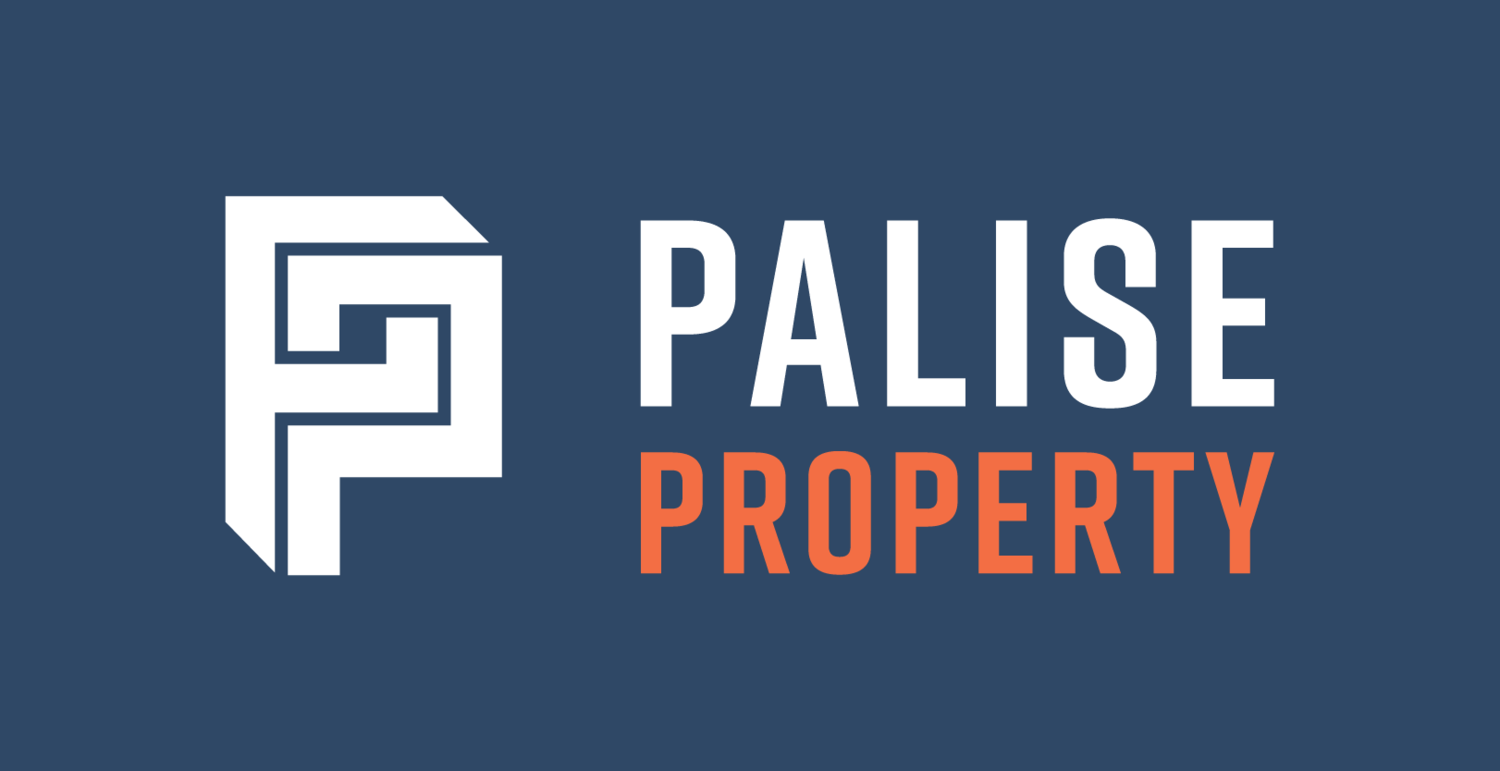Commercial Property Myths: Is There ANY Truth to Them?
Commercial property investing comes with its own set of myths and urban legends. Some believe that you need to have a large amount of money to get started, when in reality you can start with a smaller investment. Others think that commercial properties are always high-maintenance when, in fact, they can be quite low-maintenance if you choose the right property.
Still others believe that commercial property investing is only for experienced investors, when in fact, anyone can get started if they're willing to do their research and build a team of experienced commercial property experts.
The bottom line is that there are a lot of misconceptions about commercial property investing. But if you're willing to separate fact from fiction, you may find that it's a very lucrative endeavour.
So, here are three of the most common commercial property investment myths that I’ve gotten wind of over the years… And why they should be busted.
Commercial Properties Have Huge Vacancy Periods
One of the most common myths about commercial properties that I hear is that they have large vacancy periods. However, this is not always the case. While it is true that some commercial properties do have higher vacancy rates than others, this is often due to factors such as location or property type.
For example, properties in areas with high crime rates or poor infrastructure are likely to have higher vacancy rates. Similarly, properties that are difficult to access or are in need of significant repairs are also less likely to be filled. High density offices for instance are prone to oversupply as they can always build up, whereas industrial properties are limited by the amount of land available. A suburban retail shop one street back from the main road will have a different vacancy period to the busy foot traffic of the main strip.
But, there are many commercial properties that do not have these issues and therefore have much lower vacancy rates. In fact, many commercial properties have vacancy rates that are comparable to those of residential properties. This means that, contrary to the myth, commercial properties can be just as easy to fill as residential ones.
2. Commercial Properties Don’t Grow in Value
Another one of the most persistent myths about commercial real estate is that commercial properties don’t grow in value. And, it couldn’t be further from the truth.
In fact, commercial properties have grown in value at the same rate as residential properties over the past thirty years. On average, commercial properties have grown by 4.4% to 6.5%. They actually have to! If they didn't, you would end up with $500,000 warehouses next to $2 million dollar homes. One of the reasons for the myth is that growth sometimes happens in different cycles to the residential market. In addition, things like high density office spaces will not grow the same as a freestanding warehouse (similar to how apartments do not grow the same as houses). There are plenty of factors that contribute to capital growth, including rental income, demand, and location. However, one of the most important factors is rental income. The value of a commercial property is largely tied to the amount of rental income it generates.
So, if you experience increases in rental income or demand for your property, you're likely to see corresponding increases in capital growth.
3. There Are Fewer Value-Add Opportunities
I find that people believe that commercial real estate has fewer value-add opportunities because, generally, strata-title properties like offices or warehouses don’t have the usual residential development opportunities. But, if you buy a freestanding building, you’ll have quite a few opportunities to add value to it.
For example, you could change the property’s use by converting unused space into rentable space or upgrading a storage area so that it can be used as an office space or industrial space. You could also create multiple tenancies by dividing the property in a manner that allows for a few smaller rentable areas.
You could even create new sources of revenue by renting out parking or storage space and installing ATMs or vending machines.
And these are all value-add opportunities that you won’t get from a residential investment—so don’t be fooled by this myth.
Key Takeaways
As you can see, there's really no truth to any of these myths surrounding commercial property investing! So if you're thinking about getting into this exciting and lucrative field, don't let these myths deter you—go for it! Who knows? You could be the next big success story!
One thing I will say is that you won’t be able to achieve success in the commercial real estate space on your own.
Making a success of commercial investment takes more than money. It takes an understanding of the local market, an awareness of future trends, and most importantly, a willingness to take risks. Of course, you also need a certain amount of financial capital to get started.
But even if you have all the money in the world, you won’t be able to achieve success in the commercial investment space on your own. You need a team of experienced professionals to guide you through the process and help you make the best decisions for your business.
With the right team in your corner, anything is possible.
So, if you would like to learn more about how I’ve helped thousands of investors successfully acquire commercial properties, check out our best-selling commercial property investing book or get in touch today.
